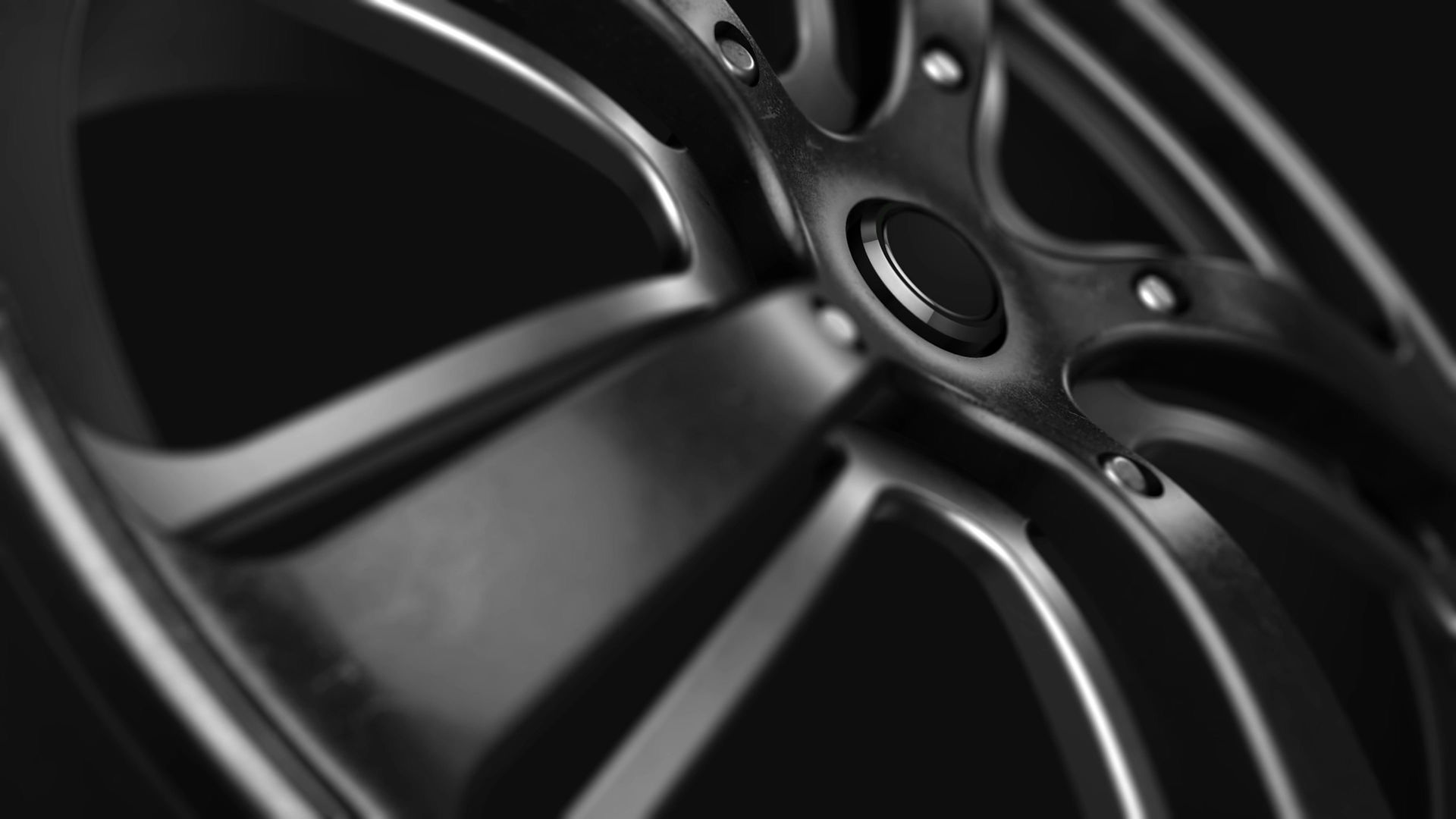Structural features of vertical tire balancing machines
- enze6799
- Aug 11
- 4 min read
Structural Features of Vertical Tire Balancing MachinesVertical tire balancing machines are widely used in automotive workshops and tire service centers due to their space-efficient design and user-friendly operation. Unlike horizontal models, which require additional floor space for tire rotation, vertical machines optimize workspace by positioning the spindle and measurement components vertically. Understanding their structural features helps technicians leverage their capabilities for accurate and efficient balancing. Below are the key components and design elements that define these machines.
Core Mechanical Components for Precision Balancing
The spindle assembly is the central structural element of a vertical tire balancing machine. It consists of a high-strength shaft supported by precision bearings, ensuring smooth rotation even at high speeds. The spindle’s vertical orientation allows tires to be mounted and balanced in a way that minimizes gravitational interference, which can affect horizontal machines. Some models feature a self-centering spindle that automatically adjusts to the tire’s rim diameter, reducing setup time and alignment errors.
Adjacent to the spindle is the mounting hood, a critical component that secures the tire during rotation. Made from durable materials like hardened steel or aluminum, the hood provides a stable contact point for the tire’s bead seat. Its design often includes a conical or cylindrical shape to accommodate various rim types, from standard steel rims to alloy wheels. The hood’s surface is typically textured or ribbed to prevent slippage, ensuring consistent measurements throughout the balancing process.
The drive mechanism, which powers the spindle’s rotation, is another essential part of the structure. Most vertical machines use an electric motor connected to the spindle via a belt or direct-drive system. Belt-driven models offer quieter operation and easier maintenance, as belts can be replaced without disassembling the entire drive train. Direct-drive systems, while slightly louder, provide more precise speed control, which is beneficial for balancing high-performance or low-profile tires.
Sensor and Measurement Systems for Accurate Data Collection
Vertical tire balancing machines rely on advanced sensors to detect even minor imbalances. The primary sensor, often located near the spindle or mounting hood, measures vibrations caused by uneven weight distribution. This sensor converts mechanical vibrations into electrical signals, which are then processed by the machine’s microcontroller to calculate the magnitude and location of imbalance. Some machines use dual sensors to differentiate between static (single-plane) and dynamic (dual-plane) imbalances, providing more detailed data for correction.
Another critical measurement component is the optical or laser encoder, which tracks the tire’s rotational speed and position. By monitoring the tire’s rotation in real time, the encoder ensures that imbalance readings are taken at consistent intervals, improving accuracy. This feature is particularly useful when balancing tires with irregular tread patterns or deep grooves, as it prevents false readings caused by uneven tread contact with the sensors.
Many vertical machines also incorporate a digital display or interface for presenting measurement data. These displays show imbalance values in grams or ounces, along with arrows or diagrams indicating where to place correction weights. Some models include touchscreens or backlit LCDs for better visibility in low-light conditions, enhancing usability for technicians working in busy workshops.
Weight Placement and Correction Mechanisms for Efficient Balancing
Once imbalance data is collected, the machine must guide technicians in applying correction weights. Vertical balancers often feature built-in weight placement guides, such as laser pointers or LED indicators, that project onto the tire’s rim to show exact weight positions. This eliminates guesswork and reduces the risk of misalignment, which can lead to persistent vibrations even after balancing.
For adhesive weights, which are commonly used on alloy rims, the machine may include a weight calculator that determines the optimal combination of weight sizes to achieve balance. This function is particularly useful when dealing with limited space on the rim, as it minimizes the number of weights needed. Some models also offer a "split-weight" mode, automatically dividing a single large weight into two smaller ones placed at different positions for better distribution.
Clip-on weights, used primarily on steel rims, are applied using a separate tool, but vertical machines simplify the process by displaying the required weight amount and side (inner or outer) clearly. The mounting hood’s design often includes grooves or markers to help technicians align clip-on weights precisely, ensuring they stay secure during driving.
Ergonomic and Safety-Focused Design Elements
Vertical tire balancing machines are engineered with ergonomics in mind to reduce technician fatigue and improve workflow efficiency. The control panel is typically positioned at waist height for easy access, with buttons or touchscreens arranged logically to streamline operation. Some models include a foot pedal for starting and stopping the spindle, allowing technicians to keep both hands free for mounting and adjusting the tire.
Safety features are also integrated into the structure to protect both the technician and the machine. Many vertical balancers have a protective hood or guard that covers the rotating tire during operation, preventing accidental contact with moving parts. Emergency stop buttons are strategically placed to halt the spindle instantly in case of an issue, while overload protection circuits prevent motor damage if the tire is mounted incorrectly or becomes jammed.
The base of the machine is designed to provide stability, even when balancing large or heavy tires. Reinforced steel frames and anti-vibration feet dampen residual vibrations, ensuring accurate measurements regardless of floor conditions. Some models include adjustable legs or leveling pads to accommodate uneven workshop floors, further enhancing their versatility.
By combining precision mechanical components, advanced sensor systems, and ergonomic design, vertical tire balancing machines offer a reliable solution for achieving optimal tire balance. Their space-saving structure and user-friendly features make them indispensable tools in modern automotive maintenance, ensuring safer and smoother rides for drivers worldwide.





Comments